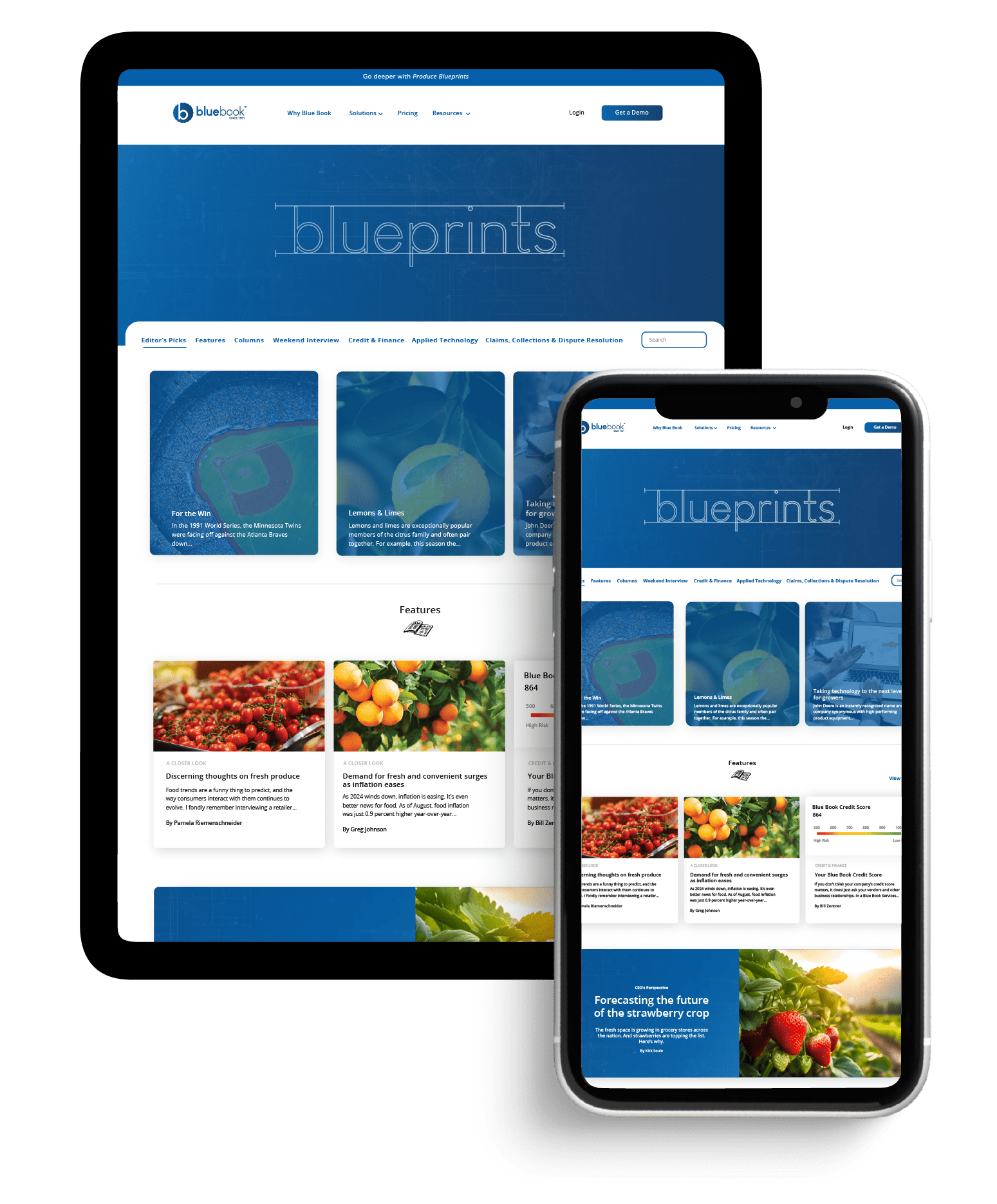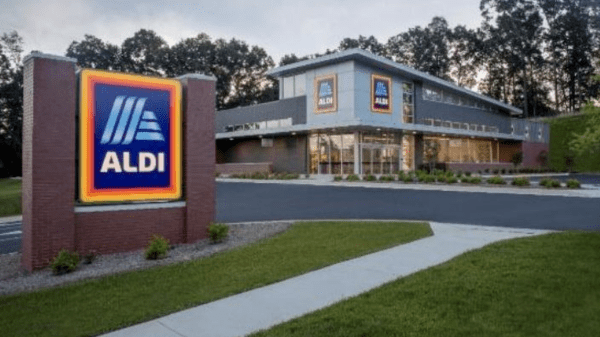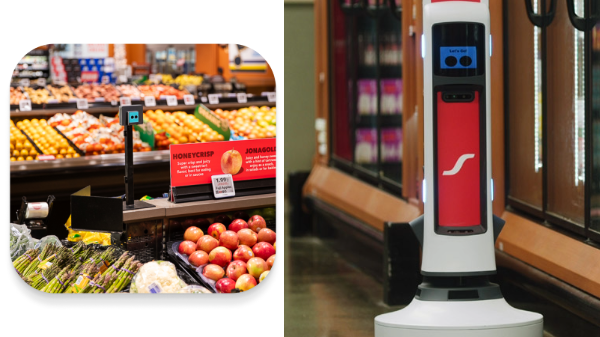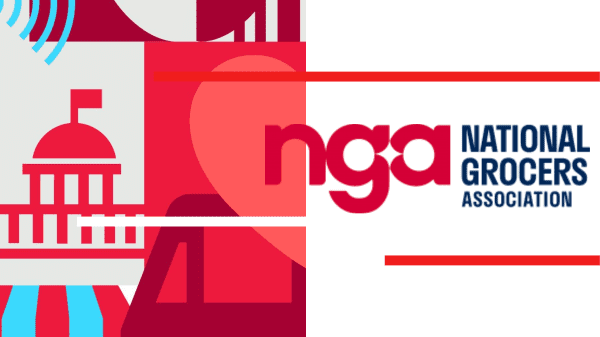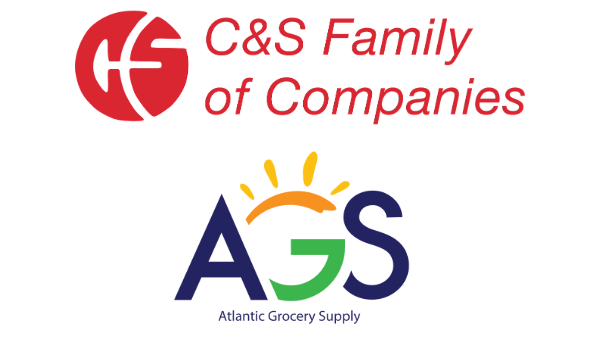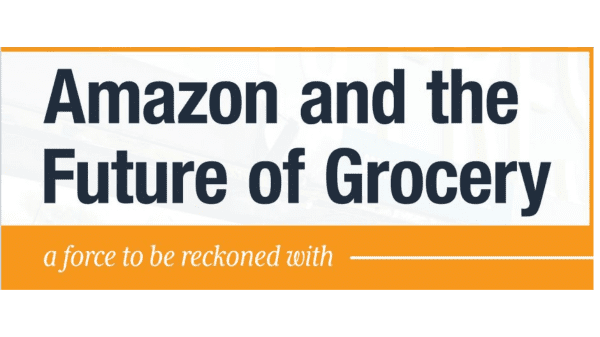
Amazon BB #:283186 is building its internal distribution capabilities, leasing a 1.1-million-square-foot distribution center in Orlando for shelf-stable, refrigerated, and frozen foods. Industry watchers say this shows its commitment to the grocery category and foreshadows more expansion for Amazon Fresh.
In Canada, Amazon is looking to expand across the country, hoping to hire 15,000 new warehouse and distribution workers. The retailer currently operates 46 facilities in five provinces, with a total of 25,000 full- and part-time employees.
To stay ahead of its competitors, Amazon must continue to innovate. Traditional grocery retailers are accelerating the development and implementation of their own online grocery offerings for both pickup and delivery, says Jon Hauptman, senior director of analytics at Inmar Intelligence in Winston-Salem, NC.
As such, they’re searching for state-of-the-art technology to replace their first-generation online grocery programs, participating in third-party marketplaces, or rolling out their own proprietary next-generation online systems.
Yet, despite any challenges Amazon faces on the brick-and-mortar side of the business, the consensus is that betting against the company would not be a good idea.
“Amazon is getting serious about becoming a grocery retailer where customers want to do their regular food shopping,” says Bill Bishop, chief architect at Brick Meets Click, a retail consultancy based in Barrington, IL, northwest of Chicago.
Although he believes the company used to think it could grow its grocery business without stores, “now Amazon is working hard on how to be successful with twenty-first century customers.”
“It’s a general merchandise company that sells food,” says Bruce Peterson, CEO of Peterson Insights, Inc. in Bentonville, AR.
“But someday it will be a food company that sells general merchandise.”
Yet this is not to say that Amazon’s share in the fresh fruit and vegetable space will ever compare to its percentage of shelf-stable foods.
While noting that Amazon’s slower-than-expected entry into brick-and-mortar stores has, so far, been somewhat frustrating for the company, Ed McLaughlin, Robert G. Tobin professor of marketing emeritus at the Charles H. Dyson School of Applied Economics and Management at Cornell University in Ithaca, NY, says retailers can and should keep an eye on this formidable competitor.
“Amazon has proven that it’s not afraid to sacrifice profits for market share, demonstrated by a nearly 20-year run when sales grew, in many years by double digits, while profits remained minimal or even negative,” he says.
“It has a treasure chest of cash to invest and understands that the food industry is the largest component of the U.S. economy, and so it must be a player there to continue growing,” McLaughlin adds.
“The capital investment of Amazon in 2020 was bigger than the four largest conventional retailers combined, and its cost of capital is the lowest in the food industry,” he notes. “Amazon sends chills up the spine of most retailers—and rightly so.”
This is an excerpt from cover story of the November/December 2021 issue of Produce Blueprints Magazine. Click here to read the whole issue.


